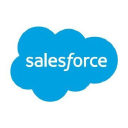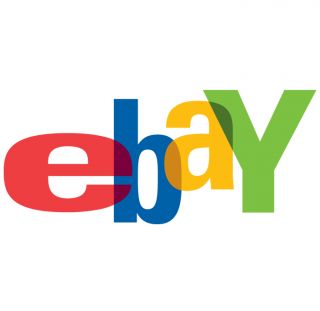We Built A $6M 3PL Company In 3 Years
Hello! Who are you and what business did you start?
I’m Tom Wicky, Co-Founder of MyFBAPrep, a nationwide network of 3PL (third-party logistics) warehouses, along with my partners Bart Boughton and Taylor Smits.
Founded in 2018, MyFBAPrep is an asset-light eCommerce network with over 40 warehouses and 2 million square feet of warehouse space. We help eCommerce companies sell on Amazon and fulfill their omnichannel orders to customers.
Our network is powered by Preptopia™ — a proprietary SaaS-based platform that enables sellers to manage orders, inventory, and billing and have complete visibility of their products across all nodes in our network.
We have two main services:
- Amazon Prep — We help Amazon sellers get products into Amazon quickly and efficiently, which includes standard FBA Prep (barcode labeling, polybag or shrink-wrap), as well as kitting...
Sorry, you need to login and/or become a member to view the rest of this content.Free Download163 Million Dollar Solopreneur Business Ideas
Download the report and join our email newsletter packed with business ideas and money-making opportunities, backed by real-life case studies.
Get The ReportFree Download163 Million Dollar Solopreneur Business IdeasDownload the report and join our email newsletter packed with business ideas and money-making opportunities, backed by real-life case studies.
Get The ReportFree Download163 Million Dollar Solopreneur Business IdeasDownload the report and join our email newsletter packed with business ideas and money-making opportunities, backed by real-life case studies.
Get The ReportFree Download163 Million Dollar Solopreneur Business IdeasDownload the report and join our email newsletter packed with business ideas and money-making opportunities, backed by real-life case studies.
Get The ReportFree Download163 Million Dollar Solopreneur Business IdeasDownload the report and join our email newsletter packed with business ideas and money-making opportunities, backed by real-life case studies.
Get The ReportFree Download163 Million Dollar Solopreneur Business IdeasDownload the report and join our email newsletter packed with business ideas and money-making opportunities, backed by real-life case studies.
Get The ReportFree Download163 Million Dollar Solopreneur Business IdeasDownload the report and join our email newsletter packed with business ideas and money-making opportunities, backed by real-life case studies.
Get The ReportFree Download163 Million Dollar Solopreneur Business IdeasDownload the report and join our email newsletter packed with business ideas and money-making opportunities, backed by real-life case studies.
Get The ReportMore Business Ideas Like This






























